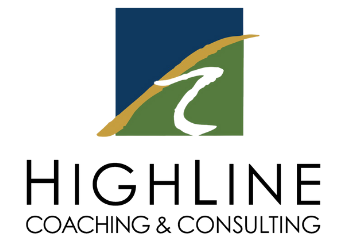Eleven years ago, I reached the summit of Mount Rainier.
Have you ever been to the Puget Sound region? Mount Rainier—often referred to as just “the Mountain”--looms large on the horizon. Of course, on some days, it is cloaked in clouds - but when the air clears and the mountain emerges it almost appears to have grown. When I moved to the Seattle Area after my summers in Glacier National Park, I thought about climbing the mountain. I put the dream on a back burner for years. Then an opportunity came that I could not refuse.
A friend of mine won a trip for 2 up the mountain at an auction, and invited me to join her. While we still had to do the climb ourselves, we would have expert guides helping us prepare for and complete, the climb.
Thanks to years of piano, flute, and voice, I was no stranger to the importance of consistent practice. I was also in decent shape having committed to regular exercise to stay balanced while working through graduate school. What these endeavors have in common is this guiding principle: consistent practice makes progress.
I worked out 5 days a week, doing strength training and lunges. I hiked countless vertical miles on the steepest trails I could find. I climbed up to Camp Muir -- the starting point for one of the climbing routes-- at least 5 times. We also completed snow school - practiced using our ice axes and traveling roped together on snow and ice. This was the final step in our training.
We donned heavy packs and hiked up to Camp Muir where we had an unusually early dinner, crawled into our sleeping bags by 4 pm and tried to sleep. We got up at midnight to the sound of howling wind and had the earliest breakfast ever. We got our gear, divided into 4 rope teams, and headed into the storm.
A short time after we began, I saw a flash, which I first thought was someone taking a picture. A few minutes later, I saw a second flash that was clearly something different. It was lightning. At this point, my thoughts started to race, and I felt breathless. I felt fit enough for perfect weather, but this felt like a bigger challenge that would demand more courage and more fitness than I had. The group stopped for a break, and I chose to return to the shelter with one of the guides. I remember feeling conflicted, was I going with my gut or running scared?
Within 5 minutes, the climbing team that had gone first experienced the hum of electricity in the metal pickets they were carrying. Everyone turned around and moved quickly back to the shelter.
In 5 minutes, I went from wimpy to wise.
The weather never cleared for us to be safe enough to try again, so we rested for a few hours, and then headed back down the mountain. At first we felt defeated, all those weeks of determined preparation seemed to have been for nothing.
When we debriefed with our guides the next day, one of them shared that he didn’t reach the summit until his third attempt on the mountain. He learned about all kinds of weather and potential hazards to be prepared for. His perspective helped me to see the attempt differently. We did not fail. We all made it home safely. This attempt had been a key part of our own preparation process.
I learned what else I needed to prepare for—better fitness, a tougher mindset, my own boots that fit me. I kept preparing until the following summer when I had the chance to climb with my husband and a friend. We were truly ready, the weather was safe and clear. We had an outstanding day—and I appreciate now how much planning and practice goes into not just achieving success, but to working towards it.
When we look at leaders, we often see “the summit.”—their success and impact. But the steps to practice—those steps make the difference.
I’m here to help you:
We start with you, because who you are matters.



